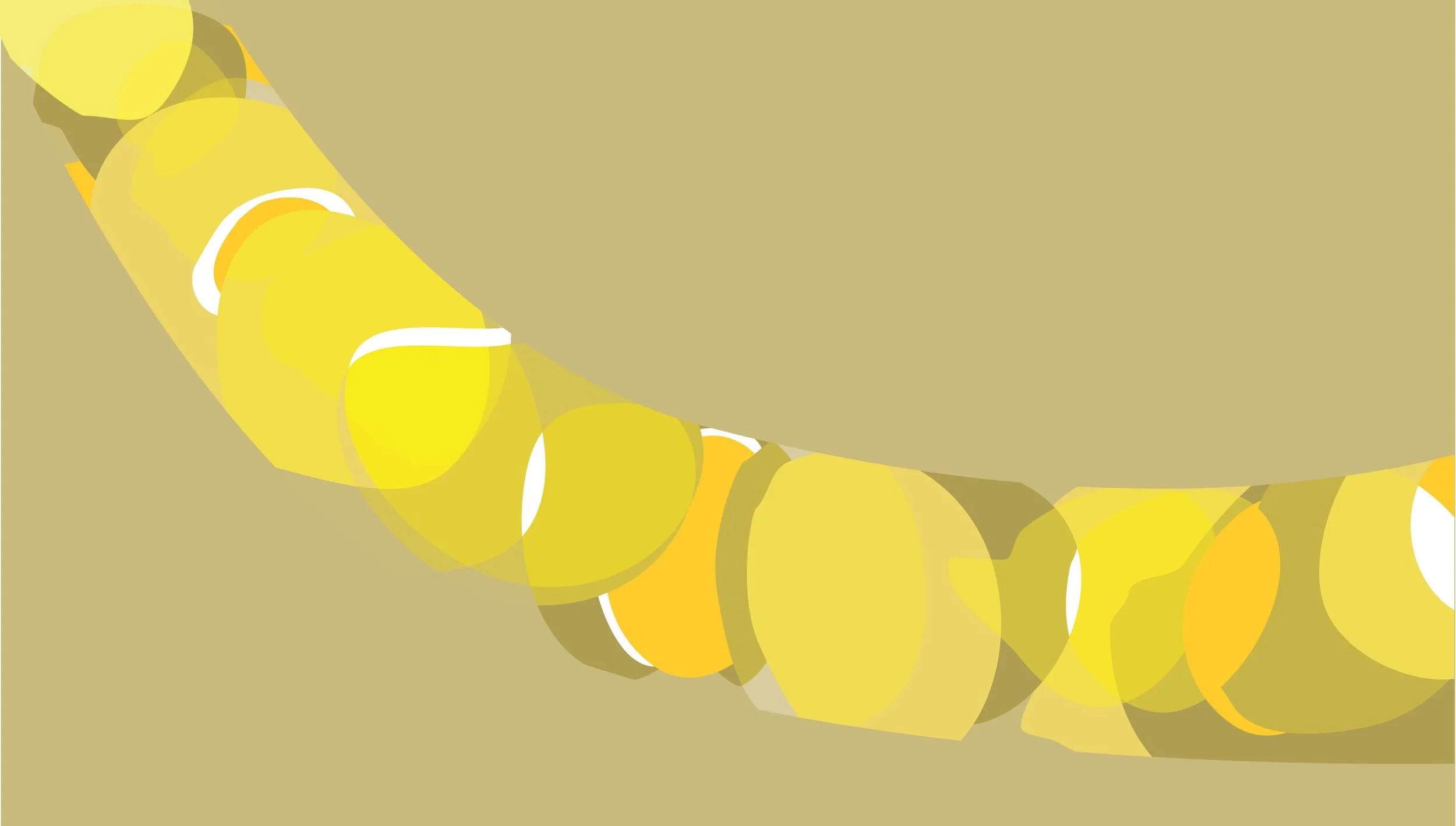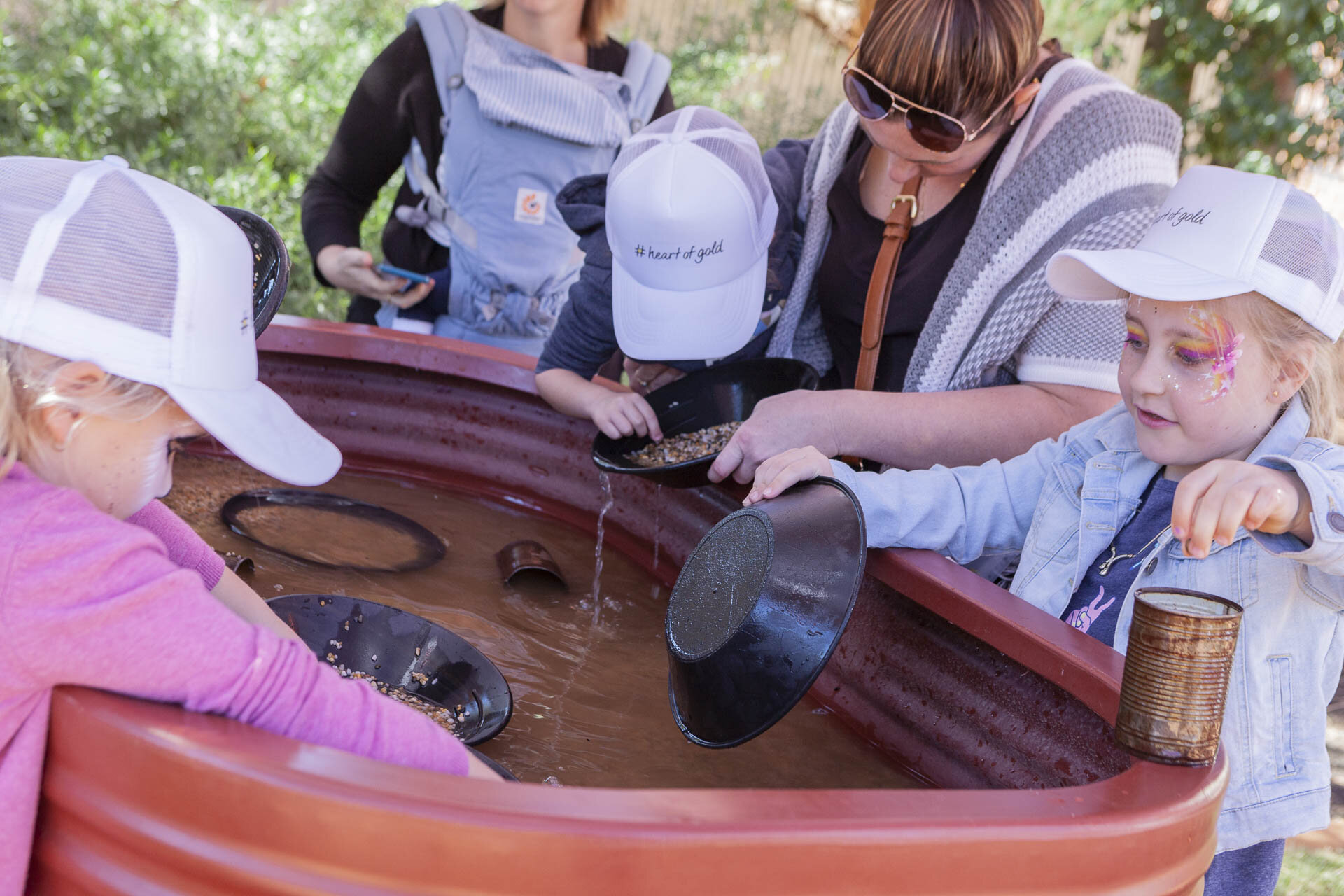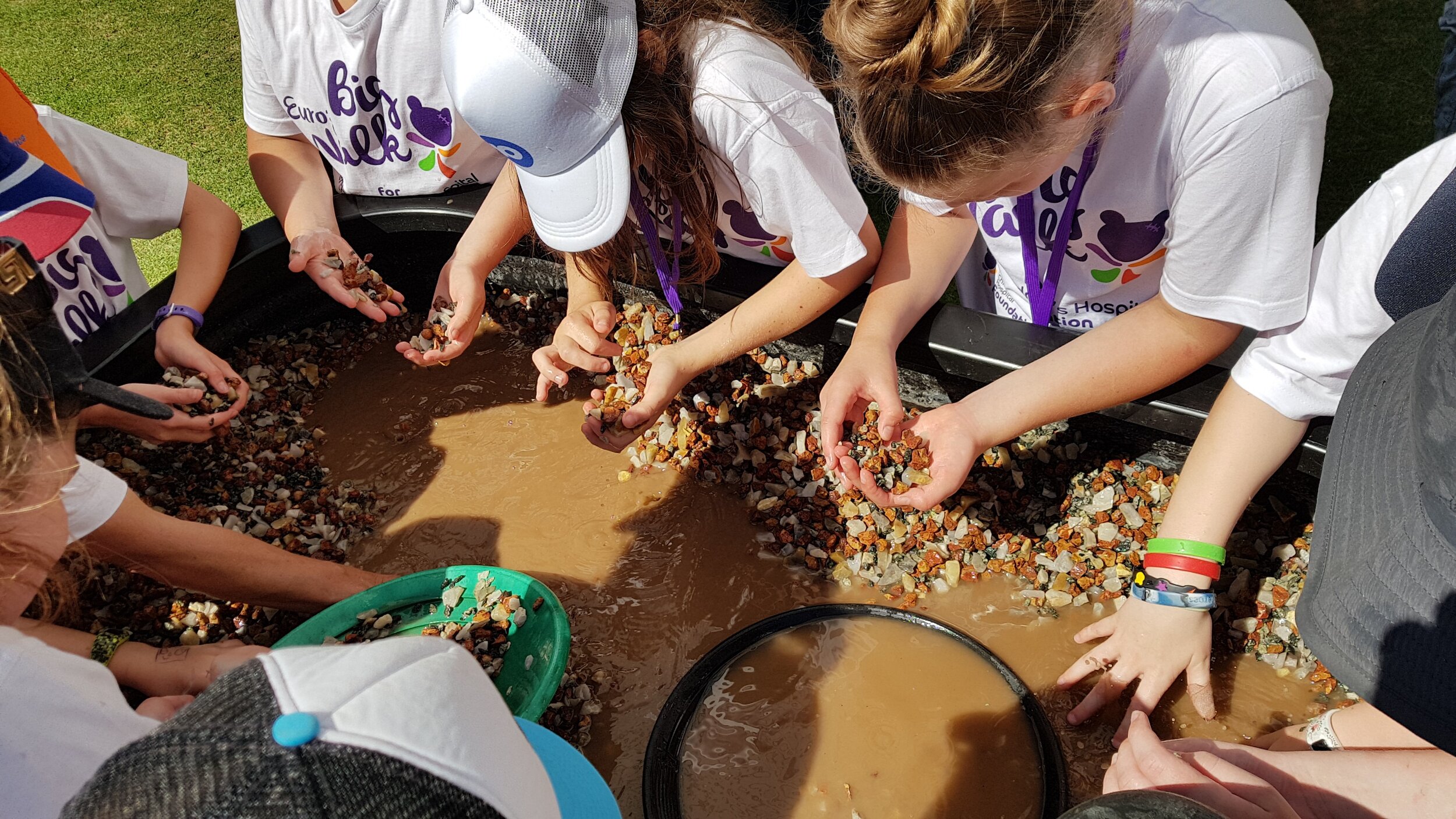Looking for something fun to do with the kids? Experience gold at home with these awesome gold activities.
Gold Panning
Gold panning is done in the water, usually beside a flowing creek.
A simple gold panning activity like this one can help kids to understand density and the sorting of particles.
Method:
Take a round metal pan – like a frying pan without a handle.
Put a couple of handfuls of dirt or gravel in the pan with a lot of water and swirl in a left-to-right motion so the water and the sand gently sloshes out. Gold is much heavier than sand and water, and will sink to the bottom.
Alternatively, try this activity without water. Use coloured stones or gravel and fine sand.
Gold Nugget hunt
A gold nugget is a naturally occurring piece of gold. Nuggets are usually recovered after being weathered out of the deposit (the rock they were contained in) and being transported to another location by erosion. These are called placer deposits. They might also be found just on top of the original deposit (as they haven’t been transported away). Another place that nuggets might be found is in the tailings piles (wastes from processing) of previous mining operations.
In this activity students explore for nuggets that have been weathered out of an original deposit:
Method:
Bury rocks and / or pebbles in a sandpit or garden bed to represent gold nuggets (optional: paint some of them gold!).
Half bury something else for the kids to find (such as small plastic toys) so that bits stick out. These represent gossans – the weathered rock types that indicate a gold deposit might be just below the surface.
Give kids a small garden trowel and a budget. It could be simple – like the okay to move 10 trowels of sand in their search for nuggets. Or you could provide more of a challenge, allocating 100 units and charging kids 10 units per trowel full of sand (or 5 units per half).
Let them explore the sand pit and whoever finds the most gold within the budget, wins!
No garden? No worries! Use a large box or container as your sandpit. This time you might want to use smaller ‘nuggets’ (perhaps buttons or beads) and a smaller tool (perhaps a spoon). You could also have the kids ‘drill’ for gold using a straw (just be sure to wet the sand down first, so it sticks together).
Tip: try using decorative glass pebbles for a fun and pretty treasure for the kids to find!
Learn more about Australian Earth Science Education and our Education partnership.
gold river
This activity models a river flowing towards the sea and also helps to explain placer mining.
Method:
Create a river on a large board and craft borders around it using rope. Be sure to make at least 3-5 bends in the river, and add a 90-degree turn. Feel free to also add obstacles in the river, such as large rocks.
Use a variety of round or spherical-shaped candies (e.g. Skittles, Malteasers, M&Ms). Pick some candies to represent sediment and others to represent gold. Pile them all at the ‘head’ of the river.
Tilt the board up to send the mixture of candies running down the ‘river’. Begin shallow at around a 10 degree tilt and slowly ramp up with 5 degree increments. See the changes by counting how many candies you started and with what type, and then how many you end up with and with what type.
Discuss the following questions with your kids:
What happens at each bend in the river?
What comes out at the end?
Where do each type of candies end up?






